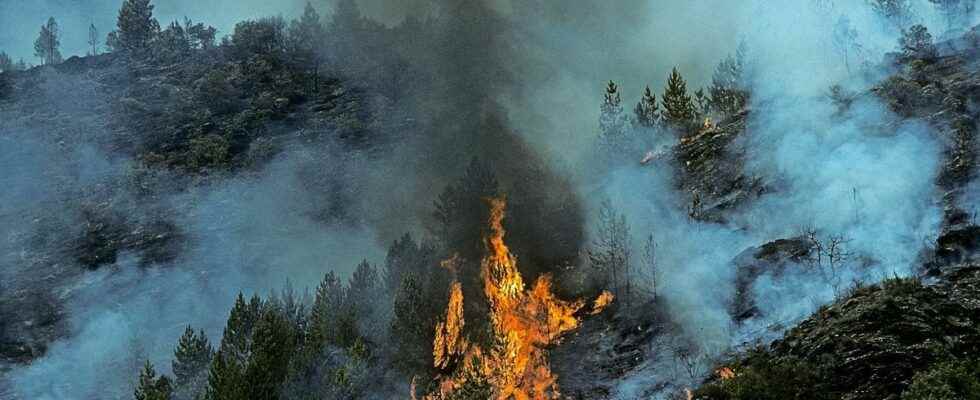Published on
Updated
Reading 2 mins.
in collaboration with
Marie Jourdan (Dermatologist)
Medical validation:
October 25, 2022
Floods, heat waves, fires… Extreme weather events are harmful to our skin, according to a new study.
Acne, mycosis, herpes, atopic dermatitis, eczema… In France, one person in three suffers from a skin disease. A phenomenon that is not ready to decline, if we are to believe the new results of a study published in the journal The Journal of Climate Change and Health.
Natural disasters upset the balance of the skin
To better understand the link between weather events and dermatological health, the researchers analyzed the results of more than 200 studies.
“We wanted to provide dermatologists and other practitioners with a comprehensive overview of extreme weather-related skin diseases as a basis for patient education and implementation of preventive therapeutic interventions.“, said Eva Rawlings Parker, lead author of the study in a communicated. “We were very surprised by the extent of the impacts that extreme weather events had on skin diseases.”
Indeed, floods seemed to be closely linked to the occurrence of bacterial and fungal infections of the skin and to the development of dermatitis (inflammation of the surface layers of the skin), while exposure to smoke in the forest could favor the appearance of two skin diseases: acne and atopic dermatitis.
Skin changes, which do not surprise Dr. Jourdan.
“Flooding makes the air moist, which causes maceration of the skin. As for forest fires, the stress caused by them contributes to the development of skin problems.“.
Finally, in the event of a heat wave, “heatstroke” could appear, causing the person concerned to have a high fever, redness on the face, headaches, a feeling of thirst, vomiting, etc.
According to the scientists, episodes of high heat could also increase the occurrence of skin diseases and related symptoms.
Climate change: who are the individuals affected?
During their research, the scientists also discovered that certain “typical profiles” were more susceptible to natural disasters than others. It would be like this:
- Children;
- Pregnant women;
- Seniors ;
- People with mental illnesses;
- Racial and/or ethnic minorities;
- Low-income people;
- Migrants.
According to the WHO, between 2030 and 2050, climate change could lead to nearly 250,000 additional deaths per year.
